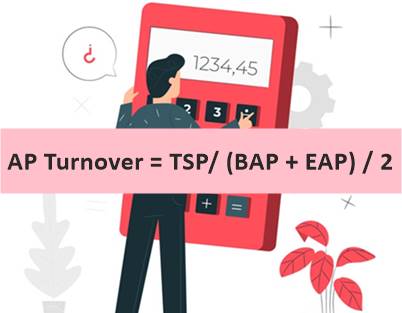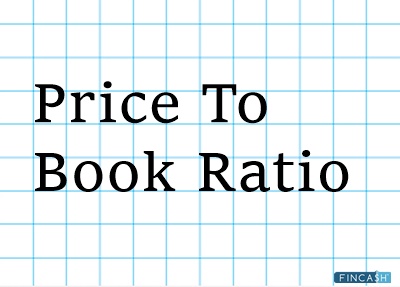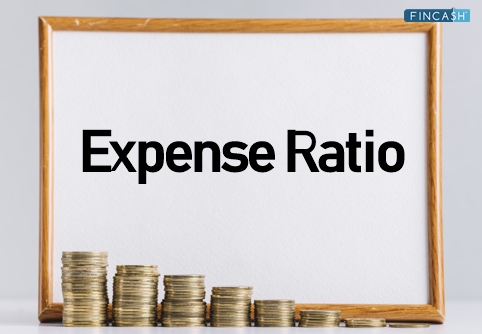
Table of Contents
Accounting Ratio
What is an Accounting Ratio?
Accounting ratios are an essential sub-set of financial ratios and a group of metrics that get used in measuring the profitability and Efficiency of a firm on the Basis of its financial report.

These ratios provide a method of expressing the relation between one data point and another. Apart from that, these also help to form a basis of ratio analysis.
What do you Learn from Accounting Ratios?
With an accounting ratio, a company compares two line items in the financial statement, namely income statement, cash flow statement and Balance Sheet. These ratios help to evaluate the fundamentals of a company and providing information about the performance over the last Fiscal Year or quarter.
Types of Accounting Ratios?
Dividend Payout Ratio
The Cash Flow Statement gives data for ratios that is related to cash. The payout ratio is known as the percentage of the net Income that is paid to investors. Both repurchases of share and dividends are regarded as the outlays of cash and can be discovered on the cash flow statement.
For instance, if dividends are Rs. 100,000, income is Rs. 400,000 and the share repurchases are Rs. 100,000; then the payout ratio will be calculated by dividing Rs. 200,000 by Rs. 400,000, which will be 50%.
Quick Ratio
Also known as the acid-test ratio, quick ratio is the indicator of the short-term liquidity of a company. It helps to evaluate the competence of the company to meet short-term responsibilities with most liquid assets.
Since only most liquid assets get highlighted here; thus, the ratio excludes inventories from the list of current assets.
Talk to our investment specialist
Debt-to-Equity Ratio
The balance sheet comprises a snapshot of the Capital structure of a company, which is one essential aspect of measuring the debt-to-equity ratio. It can be calculated by dividing debt by the company’s equity.
For instance, if a company is in debt of Rs. 100,000 and its equity is Rs. 50,000; the debt-to-equity ratio will be 2 to 1.
Operating & Gross Margin
In the form of sales percentage, gross profit is referred to as the gross margin. It can be calculated by dividing gross profit by sales. For instance, if gross profit is Rs. 80,000 and sales are Rs. 100,000; then, the gross profit margin will be 80%.
As far as the operating profit is concerned, it is known as the operating profit margin and can be calculated by dividing operating profit by sales. Suppose the operating profit is Rs. 60,000 and sales are Rs. 100,000; thus, the operating profit margin will be 60%.
All efforts have been made to ensure the information provided here is accurate. However, no guarantees are made regarding correctness of data. Please verify with scheme information document before making any investment.












